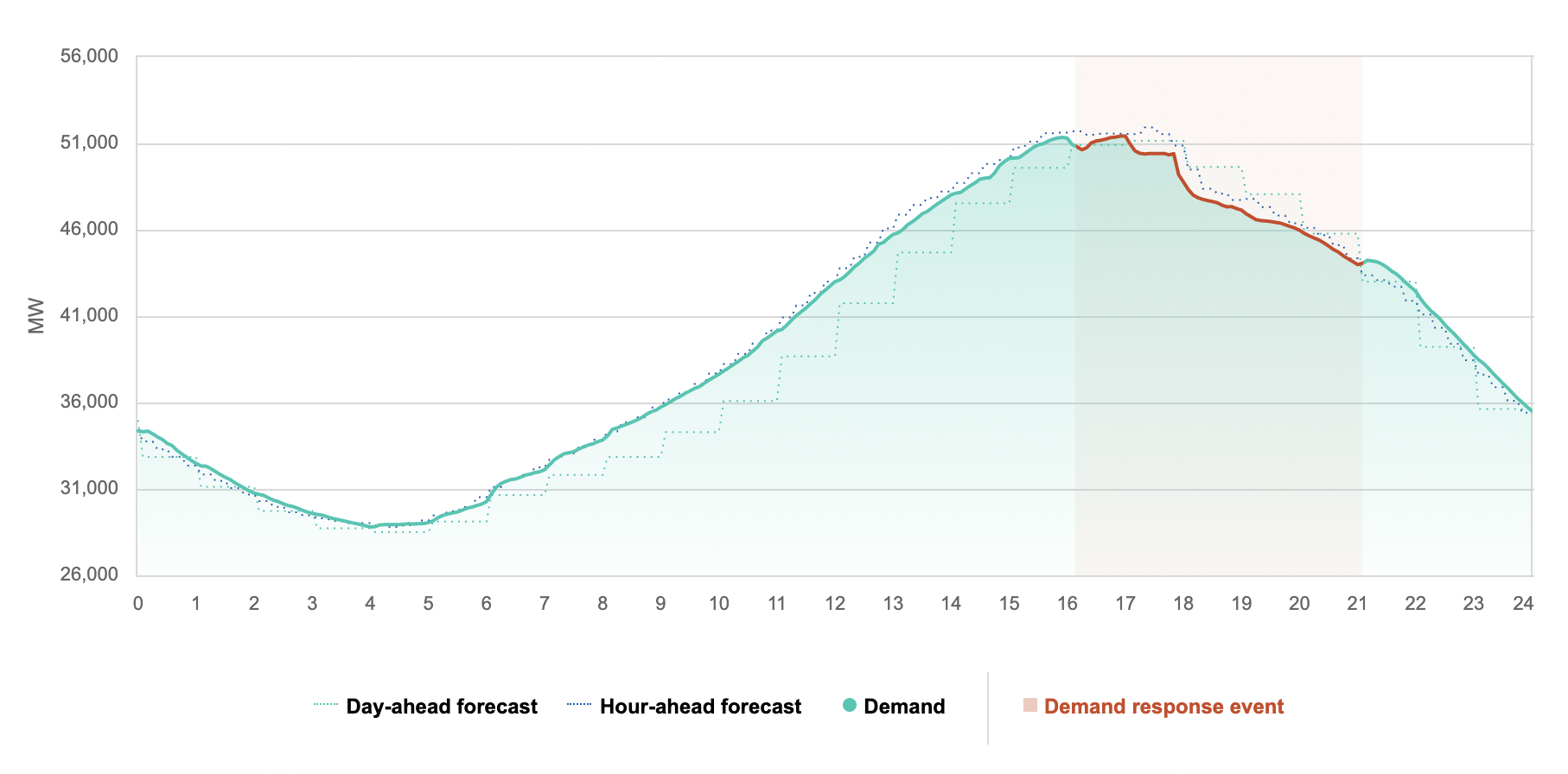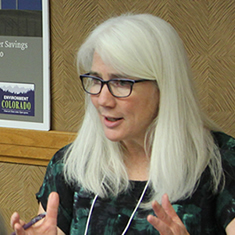
Cleaning up the mess of weakened efficiency standards
Looking to save money, water and energy? You shouldn’t have to look to showerheads of the past.
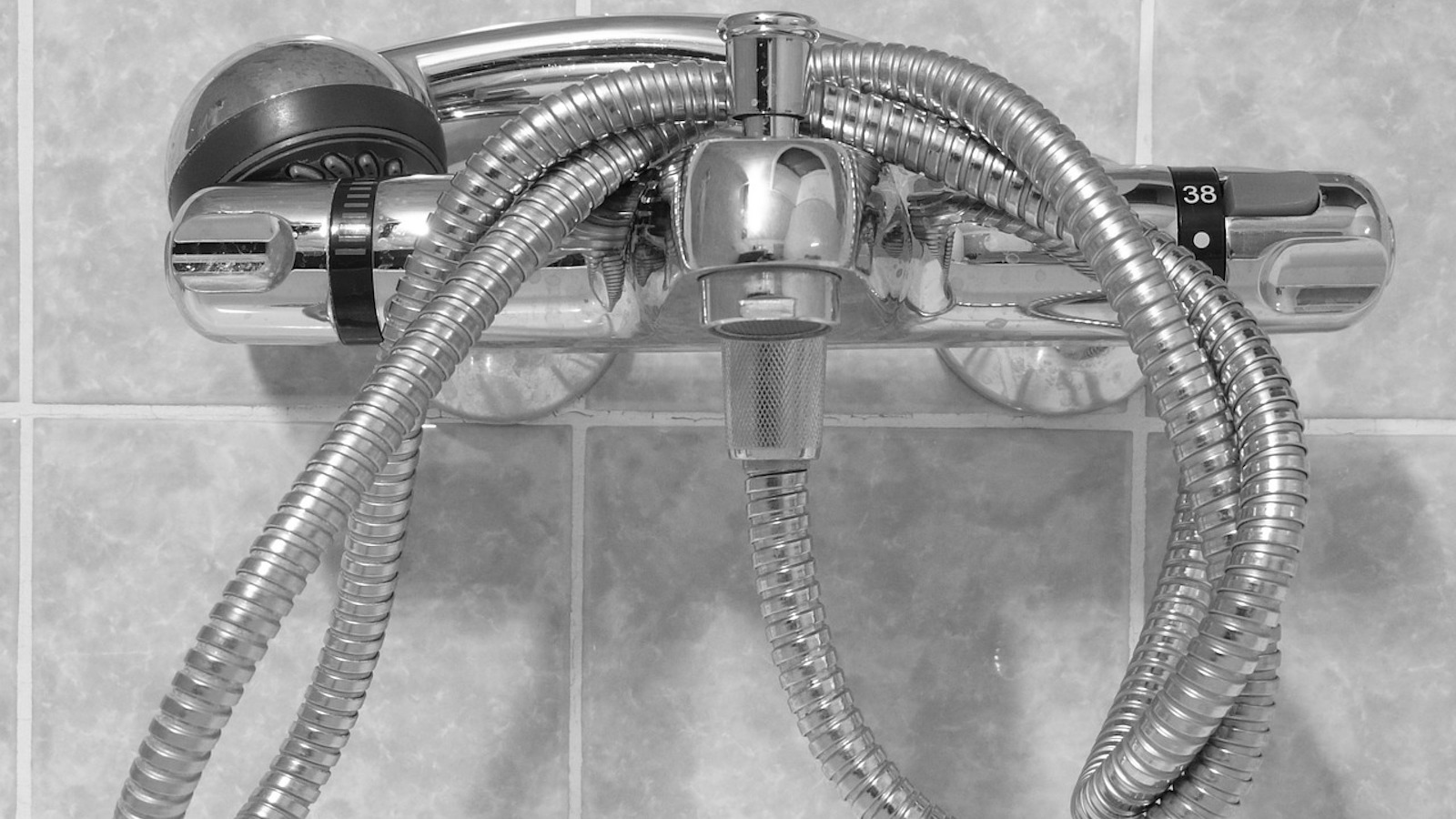
Looking to save money, water and energy? You shouldn’t have to look to showerheads of the past.
On Dec. 15, 2020, the Trump administration rolled back efficiency standards for showerheads, giving retailers the green light to sell showerheads that emit two to three times the amount of water.
The average American shower is far from a spartan affair, already using 17 gallons of water. New showerheads could mean more wasteful — and more costly — showers.
The Trump administration didn’t stop at showerheads, though. It also created a loophole to allow clothes washers and dryers to sidestep federal efficiency standards. And while showerhead standards might seem like a drop in the bucket, the rollback could open the proverbial floodgates to tremendous water, energy and money losses. Since the administration’s actions also took some legal shortcuts, Environment America is going to court to stop them.
Why are we making a federal case out of showerheads?
In the late 1980s, the average American household used 66.2 gallons of hot water per day. Much of that was used in the shower. In 1992, Congress enacted showerhead standards to help curb this water waste by capping showerheads at 2.5 gallons per minute no matter the number of nozzles on each showerhead. And by 2020, American households had cut their water usage to 40 gallons per day. The Trump administration’s rule could undo all that progress.
When it comes to clothes washers and dryers, the rollback creates an entirely new class of machines that don’t have to adhere to existing efficiency standards. The only defining feature of the new class? As long as the machines have a quick setting that allows a wash and dry in under 45 minutes, they can bypass any and all existing efficiency standards. Of course, you don’t actually have to use that setting.
Manufacturers have already been meeting the efficiency standards for years — and they still delivered tens of thousands of efficient machines to American homes. Rolling back these standards takes us in the wrong direction. Retailers can now begin selling showerheads with multiple nozzles, emitting 2.5 gallons per minute per nozzle (rather than per showerhead), as well as washers and dryers that evade existing efficiency standards so long as they have an optional quick wash and dry setting that doesn’t exceed 45 minutes.
If it seems like we’re making a mountain out of a molehill, well the molehill is a lose-lose-lose: Consumers lose money, we lose energy, and our planet loses water.
We need efficiency standards — and thousands of Americans support them.
Before the rollback, efficiency standards for these and other appliances would have saved consumers an estimated $2 trillion by 2030. Why? In part, because heating the water in our homes accounts for nearly 17 percent of total home electricity. And given that the average shower is 8 minutes long, using a showerhead that pumps out 10 gallons of water per minute instead of 2.5 gallons requires using and heating a lot more water.
The price of a warm shower was already on the rise, with the price per gallon rising nearly 200 percent in New York City over the past 15 years. But now, the price of a warm, inefficient shower could cost consumers even more.
Aside from the financial savings, we also would have saved nearly 142 quadrillion British thermal units (Btu) of energy by 2030. To put that in perspective, in 2018, our entire nation only consumed 101 quadrillion Btu of energy.

The Croton Reservoir serves as one of New York state’s main water sources. The 1.2 trillion gallons lost each year on showers is enough to keep Croton and other reservoirs undisturbed. Credit: Patrick Stahl via Wikimedia Commons
And when it comes to water loss, it shouldn’t take three to four times the amount of water to achieve “perfect hair.” Water loss adds up: Each year, we waste an estimated 1.2 trillion gallons of water showering — enough to meet the water needs of New York and New Jersey over the same time period. In states such as California that suffer from grueling droughts, this kind of water waste is unsustainable.
The efficiency standards didn’t just save money, energy and water — they were popular. When the Trump administration announced its plans to roll back the standards, our national network raised the voices of more than 10,000 supporters of the standards.
Still, the rollback went through and undermined decades of stronger energy efficiency standards.
How we’ll reverse it, and how you can make a difference at home
When the voices of thousands of concerned Americans weren’t enough, we brought in backup: Mike Landis, attorney and director of our Litigation Project.Landis has a track record of defending our environment from greenhouse gas emissions, dangerous air pollution from power plants and automobiles, and now, weakened efficiency standards that could yield significant losses for the American consumer. When it came to this particular rollback, Landis paired Environment America with U.S. PIRG and the Alliance for Water efficiency in filing two appeals against the rollbacks in federal circuit court.
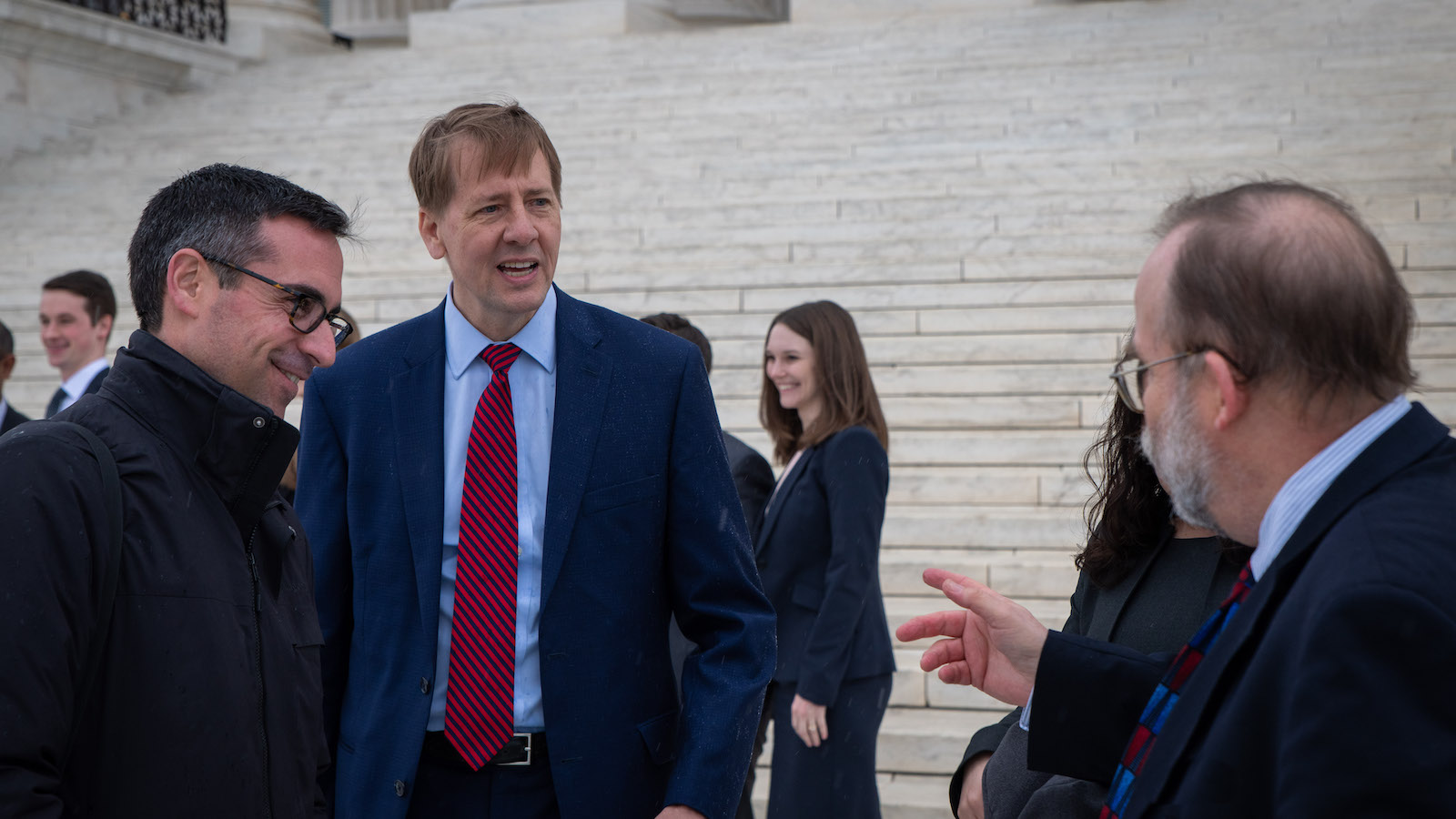
Environment America Attorney Mike Landis (left) standing with former Consumer Financial Protection Bureau Director Richard Cordray (center) and U.S. PIRG Federal Consumer Program Senior Director Ed Mierzwinski at the Supreme Court. Credit: TJ O’Neill
Landis has a track record of defending our environment from greenhouse gas emissions, dangerous air pollution from power plants and automobiles, and now, weakened efficiency standards that could yield significant losses for the American consumer. When it came to this particular rollback, Landis paired Environment America with U.S. PIRG and the Alliance for Water efficiency in filing two appeals against the rollbacks in federal circuit court.
With Landis at the helm, and supporters like you backing him up, we’re confident we can overturn the rules. Already, the Biden administration has taken bold climate action in its first months in office. To make matters brighter — or perhaps drier — President Joe Biden’s nominee for the U.S. Department of Energy Secretary has pledged to strengthen efficiency standards.
As we continue working to overturn these senseless standards changes, Environment America will continue calling for better, stronger efficiency standards at the local, state and federal levels.
Here’s how you can help:
You can make a difference right in your home. Try the following tips from our citizen’s guide to reducing energy waste:
-
When washing clothing, consider cold washes. A washing machine spends 90 percent of its energy to heat water.
-
Skip the dryer cycle. Consider line-drying or rack drying instead.
-
Try changing faucets and showerheads to more efficient models to increase energy efficiency and reduce the amount of water we use.
-
Refrigerators, washers, dryers, dishwashers, microwave ovens and other common household appliances have all come a long way when it comes to efficiency. There are economic and environmental costs to replacing old appliances, but when you do have to replace them, get the most energy-efficient models you can. Make sure to recycle your old appliances correctly to minimize the impacts of replacing them.
While we can’t all be Mike, but we can still band together to make a huge difference: America can reduce its energy consumption 40-60 percent by mid-century by using better technologies and eliminating waste across our economy — and those reductions are the lowest-cost climate solution we’ve got.
Topics
Authors
Wendy Wendlandt
President, Environment America; Senior Vice President, The Public Interest Network
As president of Environment America, Wendy is a leading voice for the environment in the United States. She has been quoted in major national, state and local news outlets for nearly 40 years on issues ranging from air pollution to green investing. She is also a senior vice president with The Public Interest Network. She is a founding board member of Green Corps, the field school for environmental organizers, and Green Century Funds, the nation’s first family of fossil fuel free mutual funds. Wendy started with WashPIRG, where she led campaigns to create Washington state’s model toxic waste cleanup program and to stop the nation’s first high-level nuclear waste dump site. She is a 1983 graduate of Whitman College. She lives in Los Angeles with her husband and dog and hikes wherever and whenever she can.
Find Out More

Advocates urge action on appliance efficiency
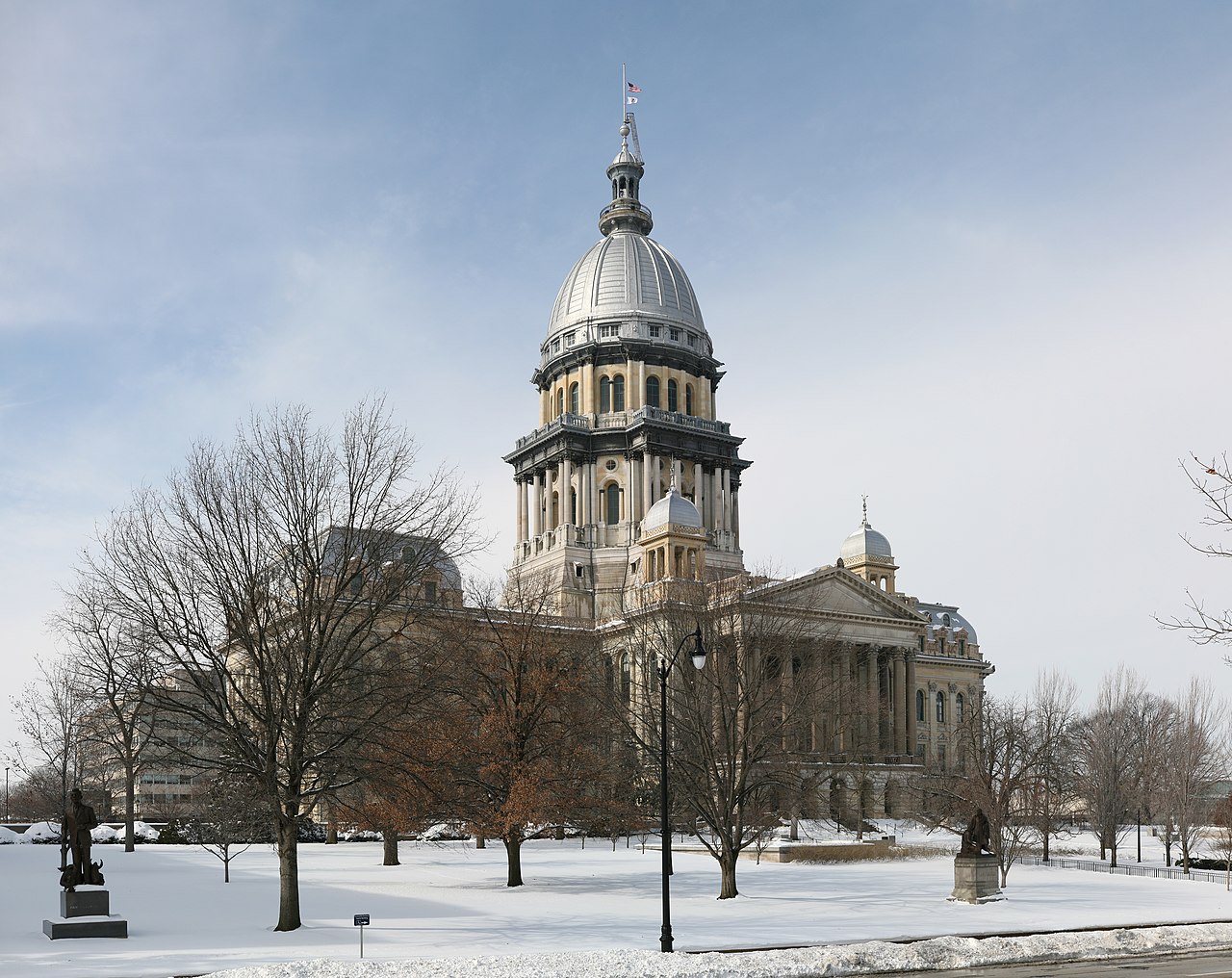
Our 2024 priorities in the states
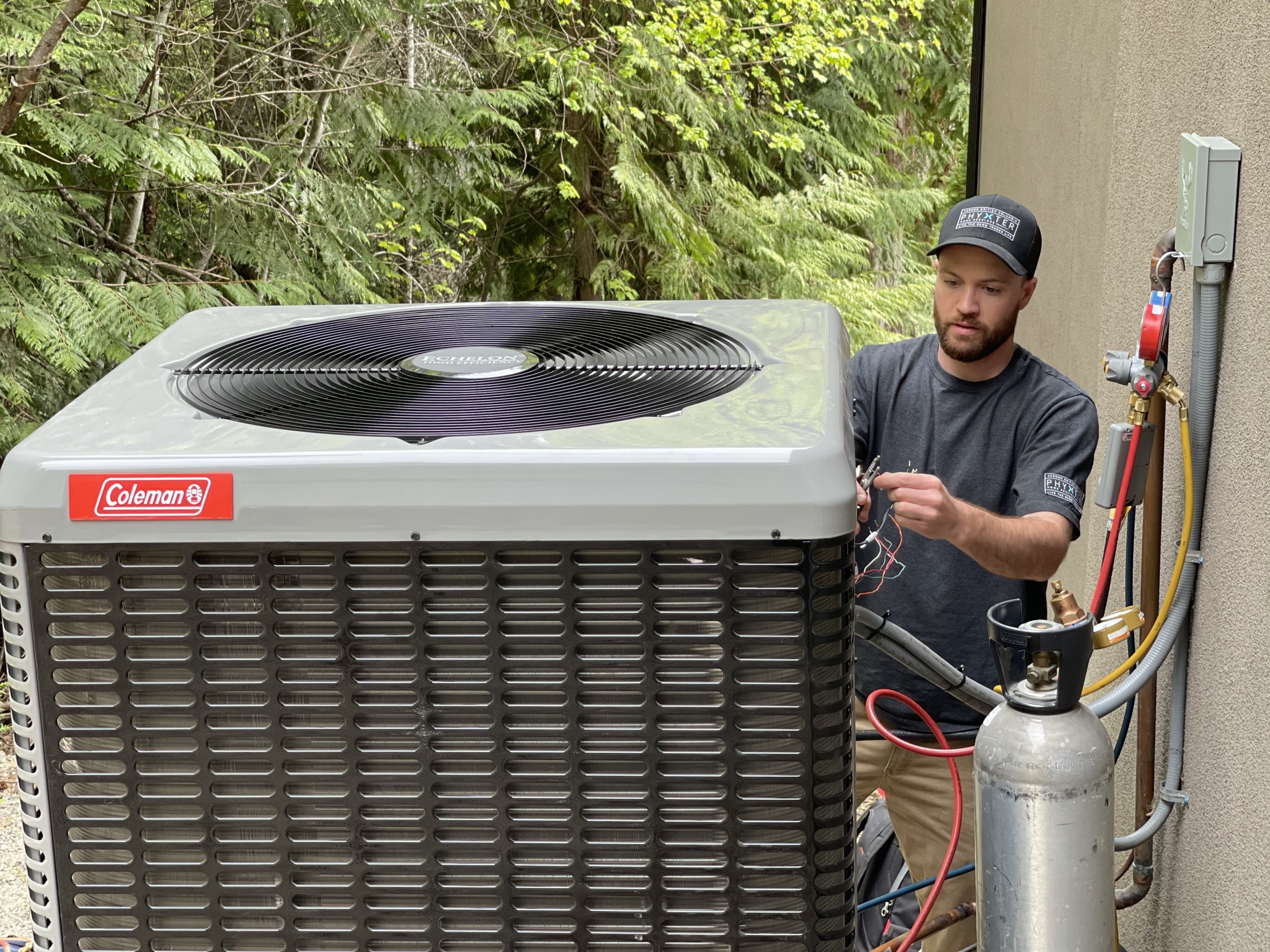
Should I get a heat pump?
